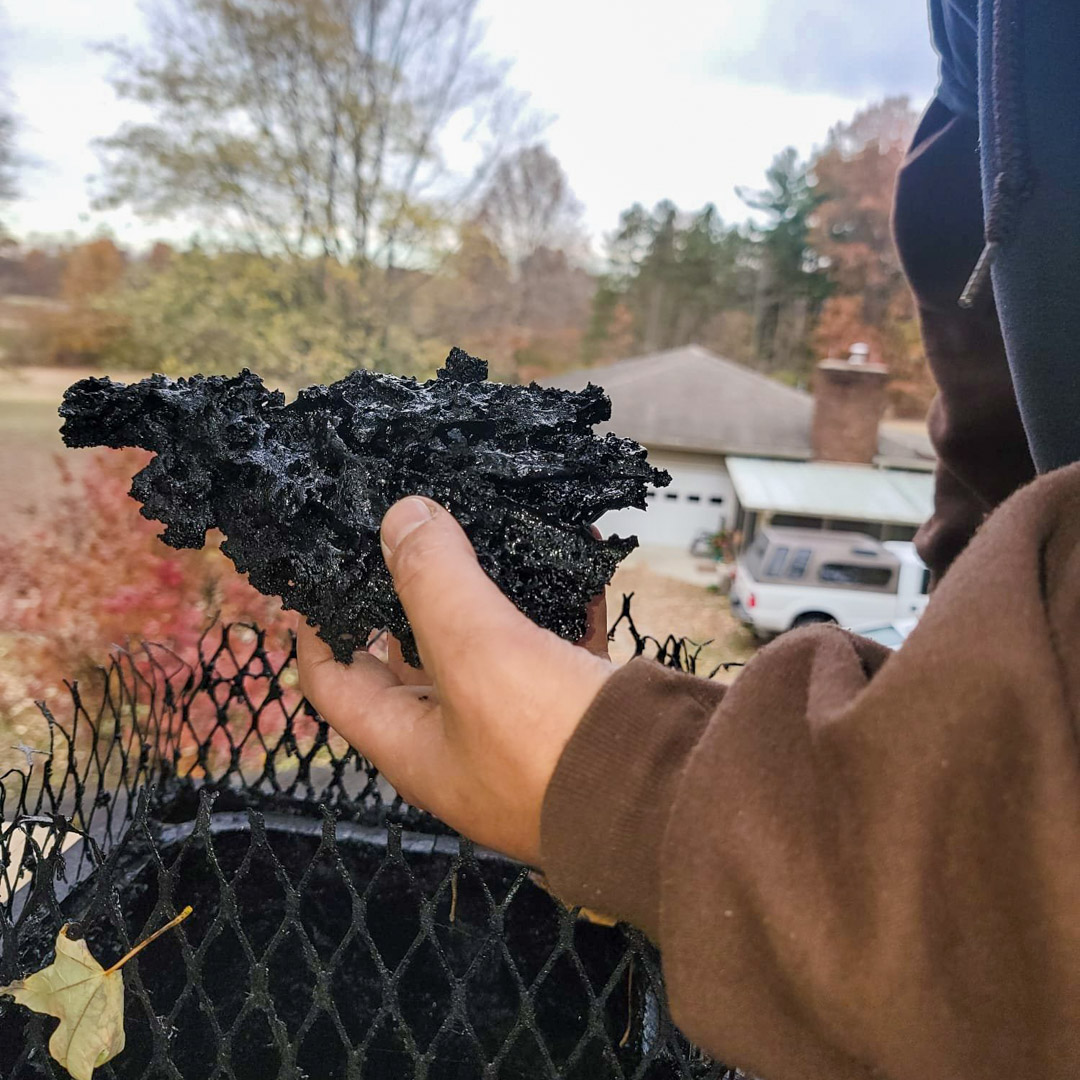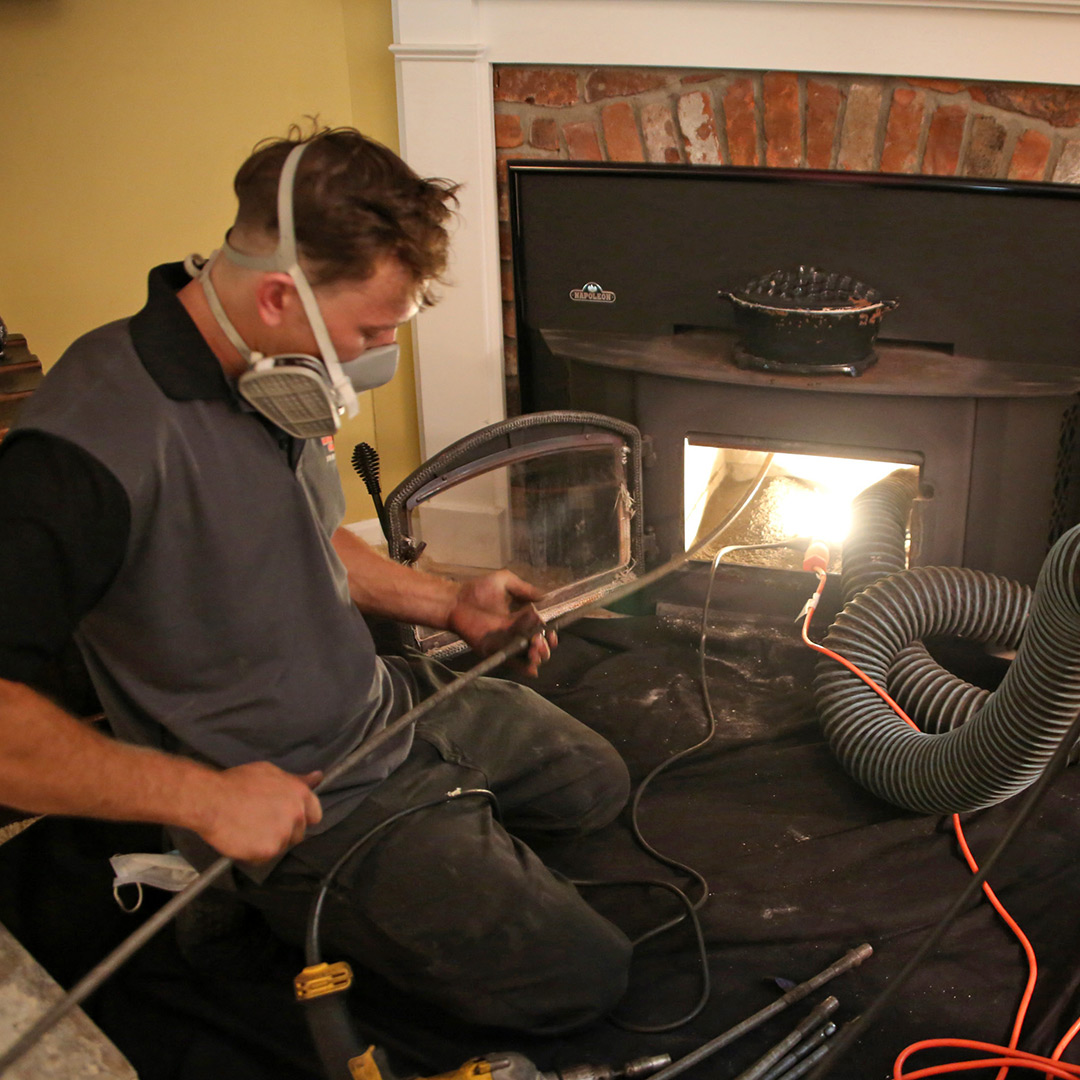Signs of Chimney Damage to Look Out for this Summer
While you soak in the summer sun and enjoy outdoor cookouts, it’s easy to forget about your chimney. But it’s important that you take a moment to check for any chimney damage and address it before it worsens during the winter months. Regular maintenance and awareness can prevent costly repairs and ensure that your chimney is safe.
At Best Chimney Services, our top priority is making sure your chimney is safe. Our team of knowledgeable and personable technicians is dedicated to teaching our clients what to look out for and to lean on us when problems arise. Schedule your chimney inspection with us to make sure your chimney is in good condition for the upcoming seasons. In the meantime, here are some key signs of chimney damage to look out for this summer:

Cracked or Spalling Bricks
One of the most visible signs of chimney damage is cracked or spalling bricks. This occurs when water enters the bricks, freezes, and causes the surface to peel, flake, or pop out. Over time, this can lead to structural issues. If you notice any deterioration, it’s essential to address it promptly to prevent further damage.
Damaged Mortar Joints
Inspect the mortar joints between the bricks. Damaged mortar can allow water to seep into the chimney, leading to further erosion and potential structural instability. Repointing, or replacing the damaged mortar, is crucial to maintaining the chimney’s integrity.
White Staining (Efflorescence)
Are you noticing that your chimney is turning white? Well, that’s a sign of excess moisture inside your chimney. White staining, also known as efflorescence, appears as white, chalky residue on the exterior of the chimney. While it can be mostly cleaned off, it’s only temporary. It’s important to address the underlying moisture problem to prevent it from returning or more severe damage developing.
Rust
Rust on the damper or firebox is a clear indication of excessive moisture within the chimney. Rust can cause the damper to operate improperly and may lead to further deterioration of metal components. If you spot rust, it’s a sign that your chimney needs professional attention.
Firebox Damage
Despite being the most visible, many homeowners forget to check on their firebox. We recommend inspecting the firebox for any cracks or signs of wear because damage in the firebox can reduce the efficiency of your fireplace and pose a safety risk. or Repairing the firebox can restore its function and ensure safe operation for the winter.
Unpleasant Odors
If you notice a strong, unpleasant odor coming from your chimney, then give us a call immediately. This could be a sign of creosote buildup, animal infestations, or moisture issues. If creosote buildup is the case, then this could put you at risk for a chimney fire. A professional chimney sweep can diagnose the cause and clean the chimney to eliminate the odor.
Book an Inspection with Best Chimney Services this Summer
Summer is the perfect time for chimney repairs and cleanings, so don’t wait to schedule an appointment! Regular chimney maintenance is essential for the safety of your chimney and your home, so stay vigilant and address problems before they can become severe. If you’ve noticed any of the chimney damages we mentioned above, don’t hesitate to give us a call so we can take care of the necessary repairs. Check out our blog post for more summer chimney problems to look out for.
The post Signs of Chimney Damage to Look Out for this Summer appeared first on Boston's Best Chimney.









 Do you believe that your chimney is leaning?
Do you believe that your chimney is leaning?  What Causes This Build-Up?
What Causes This Build-Up?